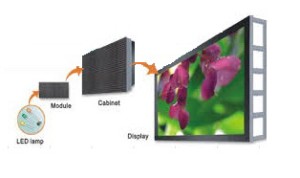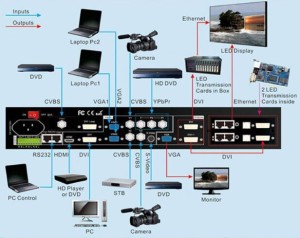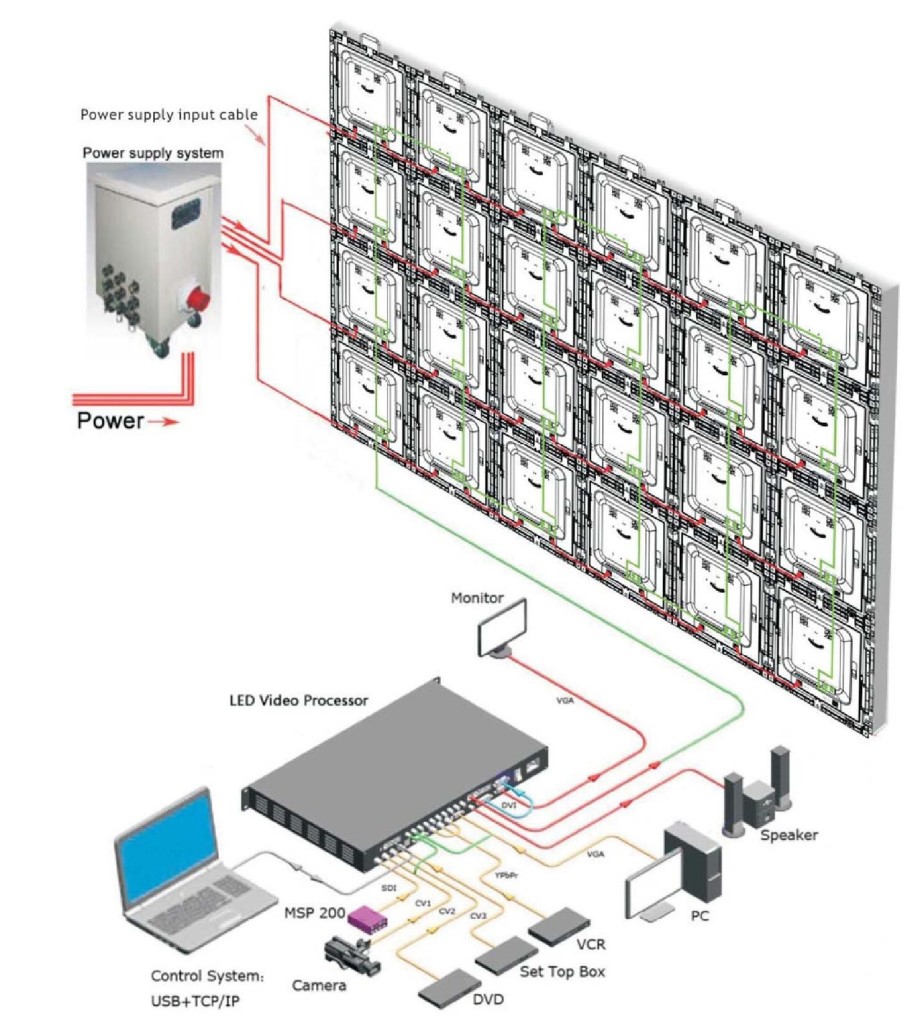 Pointillism is a technique of art in which small, distinct dots of color are applied in patterns to form an image which was developed in 1886 by Georges Seurat and Paul Signac. This technique is translates directly into how an LED display screen works. A display consist of cabinets or panels. Each panel or cabinet contains several modules. Each module contains many pixels which correspond to LED lamps which illuminate in combinations of red, green or blue to create any color. The closer or smaller the pixels (or pixel pitch), the displayed image can be of a higher resolution and thus show more detail. With a smaller pixel pitch, the minimum viewing distance also decreases. With a smaller pixel pitch, the minimum viewing distance also decreases.
Pointillism is a technique of art in which small, distinct dots of color are applied in patterns to form an image which was developed in 1886 by Georges Seurat and Paul Signac. This technique is translates directly into how an LED display screen works. A display consist of cabinets or panels. Each panel or cabinet contains several modules. Each module contains many pixels which correspond to LED lamps which illuminate in combinations of red, green or blue to create any color. The closer or smaller the pixels (or pixel pitch), the displayed image can be of a higher resolution and thus show more detail. With a smaller pixel pitch, the minimum viewing distance also decreases. With a smaller pixel pitch, the minimum viewing distance also decreases.
To understand how an LED screen works, it is as easy as 1,2,3.
- All media inputs are connected to the LED video processor.
- An Ethernet cable connects from the LED video processor to the LED wall.
- Power is supplied to the LED display screen.
The LED video processor contains sending cards that will transmit the signal over the Ethernet connection to the LED display screen. There are receiving cards at the display screen that will decode the signal and send it to the individual cabinet or panel. Depending on the size of the screen, multiple sending cards and receiving cards are required. The cabinets or panels are daisy-chained and the signal is sent from one panel to its connected neighbor over the Ethernet connection.
When the screen size is very large and the display requires more than 2 sending cards, the sending cards are typically mounted and installed in a separate box as shown in the diagram below.

A display consist of cabinets or panels. Each panel or cabinet contains several modules. Each module contains many pixels which correspond to LED lamps which illuminate in combinations of red, green or blue to create any color.
